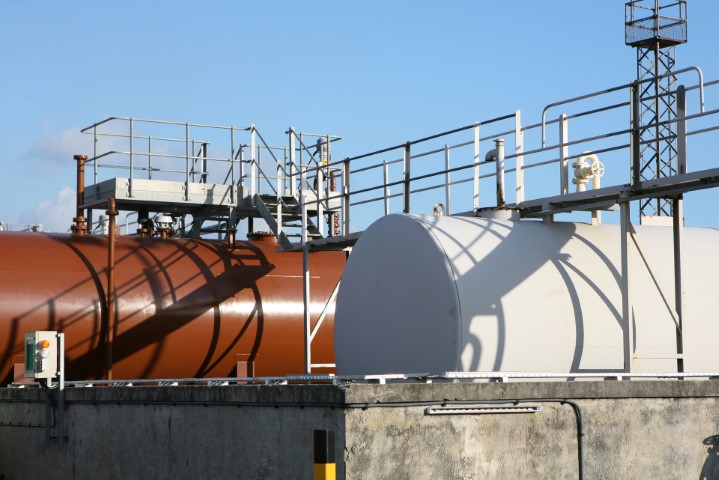Storing Biodiesel
We are now a year or two past the widespread mandates by state and local government officials instructing their agencies to use more green biofuels...

A significant portion of diesel fuel out there already containing up to 5% biodiesel, Does it change diesel storage properties to any great degree?
When biodiesel was flooding into the market around 2007 (due to the federal tax credits), the industry concerns were trumpeted – lower mileage because of less energy, stability and cold flow problems, concerns about the potential for biodiesel quality issues. The quality issues have gotten a lot better simply from producers getting better at making it on a large scale. And mileage concerns are mitigated by the fact that 2 percent or 4 percent biodiesel in a diesel blend isn’t going to be enough to make a difference.
The thing that should concern people most about even low percentages of bio in their fuel is its affinity for water. Usually when we talk about water attraction in a biofuel, it’s in respect to ethanol. But, like ethanol, biodiesel is also hygroscopic, and can absorb and hold even small amounts of water. Without going into too much detail, this can lead to
Freezing in the fuel, which offers “nucleation” sites for crystals to form that speeds up fuel gelling in the winter
All this isn’t even counting water’s role in making it easier for microbes to grow in the fuel
We put together a video covering biodiesel storage issues. To learn more, just go to:

We are now a year or two past the widespread mandates by state and local government officials instructing their agencies to use more green biofuels...
For fuel professionals, the amount of information out there on the internet can feel like an overload at times. Especially when it comes to things...
As a service to our customers, dealers, and friends, Bell Performance hosts quarterly webinars on fuel topics of interest to them and their...